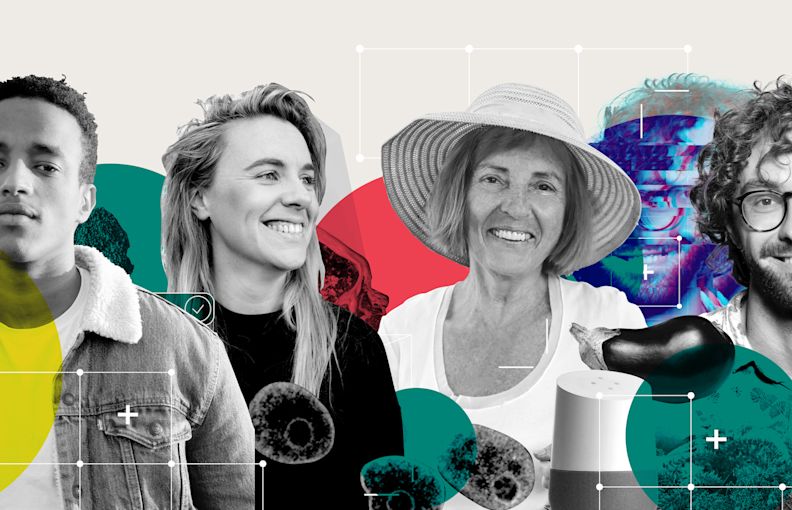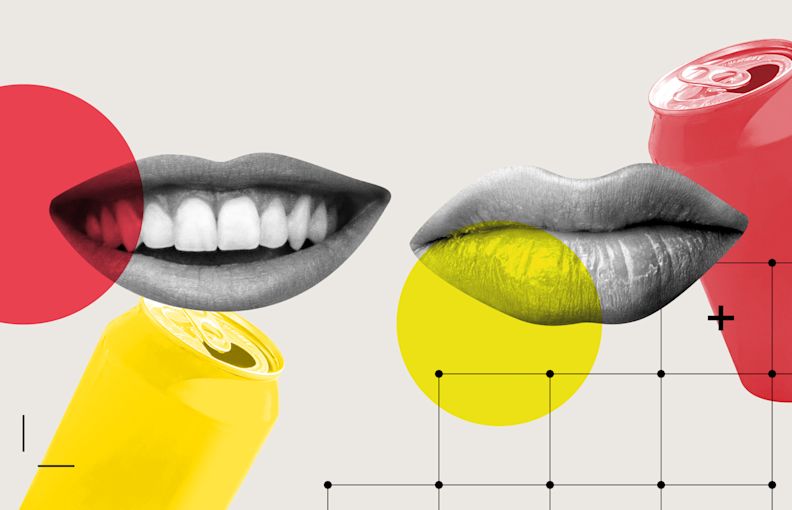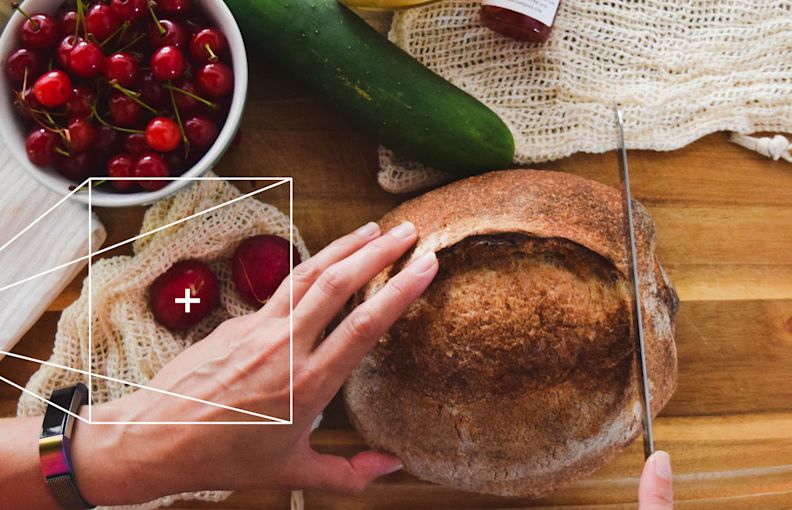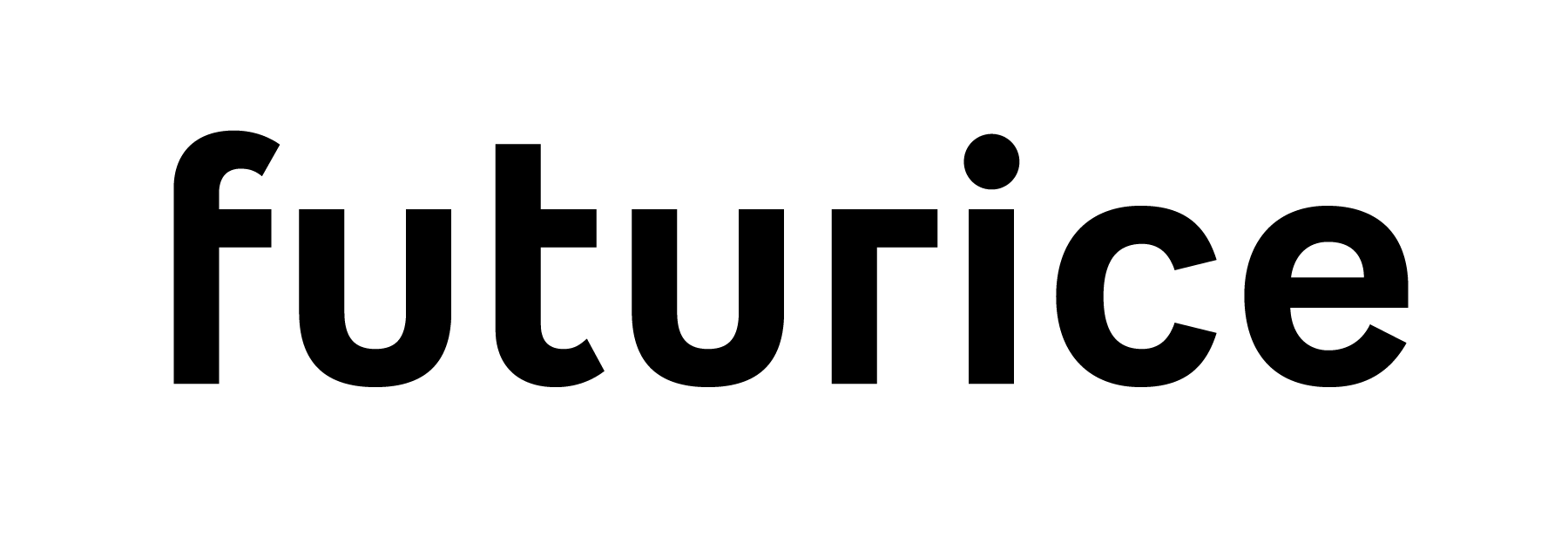A desire for contactless experiences has always been there but pandemic moved contactless first thinking from a convenience aspect to a necessity for many user interactions. Personalization relies on correct and timely identification of the recipient of service and it becomes particularly challenging when shifting to contactless user experiences, as the current means of identification require some form of contact from the users. Beacons, biometrics, wifi have all tried to localize and identify users proactively but precision or security aspects fell short of the expectation. There is an emerging technology in town, Ultra Wide Band (UWB) that promises to address the shortcomings of its predecessors and we have put it to a test in payment and loyalty context in collaboration with Aalto University.
Video 1. Final contactless payment prototype with UWB
It is no secret that since the invention of the first computer we have been trying to make our interaction with technology feel more intuitive and seamless. We have moved from punchcards to keyboard and cursor – and now information is literally at our fingertips. The next step is looking at ways to embed digital services into physical spaces so that the information we need is proactively brought to us at right time and in the right place. Amazon GO is one of the most ambitious examples.
At Futurice, we’ve experimented with our clients as well: a hands-in-the-pocket airport experience with Finnair and Finavia in Finland or a smart vending machine that is as easy to interact with as the fridge in your kitchen with Tine in Norway provide a good idea of future user experiences.
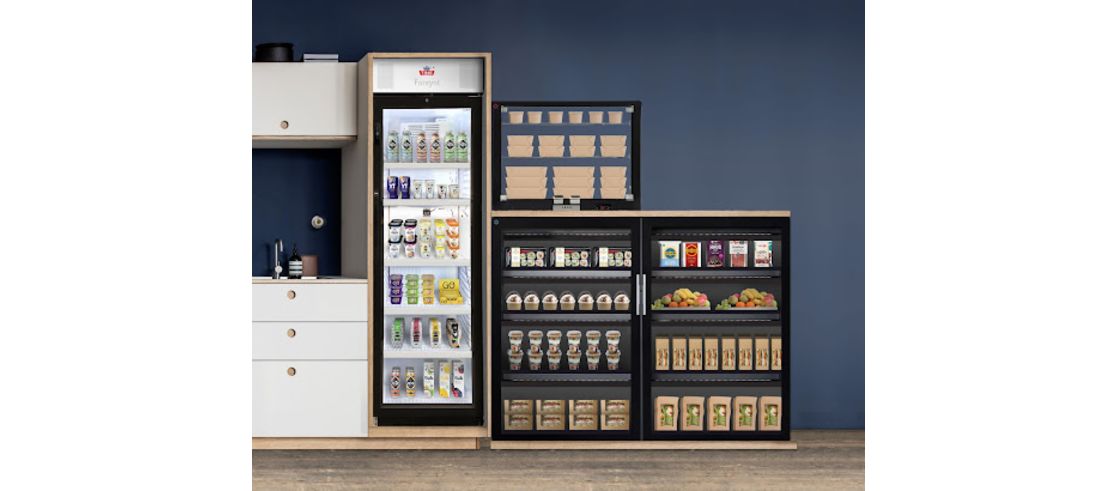
Fig 1. Tine Smart Vending Machine co-working space concept render
The pandemic has increased the desire for contactless and intuitive experiences and created a sense of urgency around the development of technologies that enable measuring social distance, recognizing gestures, and identifying individuals in indoor and outdoor spaces.
In summer 2021, as part of researching the future of retail, we partnered with Aalto University’s Protocamp to test an up-and-coming technology that can overcome the shortcomings of previous attempts at realizing the full potential of contactless experiences.
UWB in Retail
The retail industry wants to be rid of all speed bumps when it comes to customer experiences, from loyalty recognition to checkout and in-store personalization. When we talk about personalization, the conversation mostly focuses on one essential element: personal data. To unlock the potential of the data for personalization, we need to be able to successfully identify whose needs we are catering to. Currently, the key tool for identification in physical stores is the loyalty card, which is presented at the very end of the customer journey. This means lost opportunities for real-time personalization in terms of navigation and tailored offerings. Biometrics technologies such as face and palm recognition have been employed globally to meet this need, but troubling mass surveillance developments may generate distrust towards biometric recognition systems in a part of the shopping population.
Considering the fact that customers are already familiar with the use of radio technologies for identification and localization with Bluetooth and wifi, ultra-wideband (UWB) has the potential to overcome the impasse. As UWB finds its way into mainstream phones, the decreasing need for infrastructure-related investments makes it a very appealing option for service providers.
UWB technical details
Ultra-wideband has been around for a century and its roots are in military applications, but over recent decades, it has made its way into more consumer-oriented environments. For example, it has been used in professional sports, e.g. on NBA basketball courts, to track player positioning in real-time. The next big wave of UWB is coming now, after Apple has adopted the technology in their phones, making it possible to track the position of devices like AirTags. Also, other mobile phone manufacturers are jumping into the game by including UWB chips in their flagship devices.
UWB is a radio technology that transmits information in short, low power pulses over a wide frequency band (1-2GHz). The technology enables accurate location tracking and secure and fast data transfer with minimal power consumption.
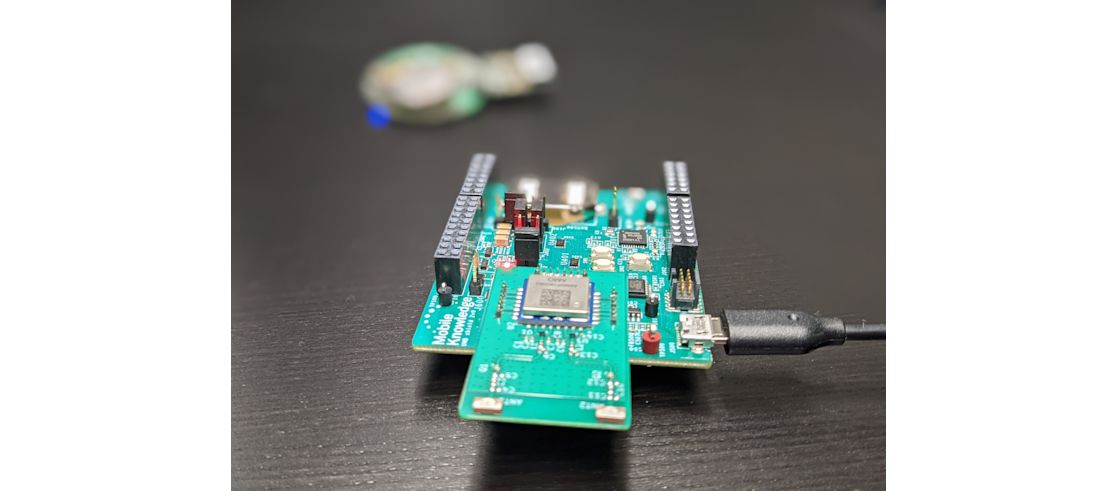
Fig 2. UWB anchor (in front) and tag
The functionality requires two parts: the base station (anchor) and a UWB tag. The tag transmits a constant signal, which the base station receives. The base station has two signal receiver sensors that allow the technology to calculate the angle of arrival and thus the precise location of the transmitting UWB tag.
When working in a controlled and stationary environment, linking multiple base stations is possible and advisable. With one base station, the distance can be measured to 80 meters with a 10 cm error margin, but the location tracking is more unstable at such distances, so using multiple base stations will provide much more reliable results.
Potential Applications
As a part of the Protocamp course at Aalto University, Iivo Angerpuro and Kasperi Hannula developed a prototype that demonstrates one potential application for UWB. Utilizing fully contactless payments could enable quicker transactions and shorten queuing times in retail stores. The pandemic has brought to light another key driver for developing contactless systems: hygiene. The accurate distance measurements and security of UWB make it a great enabler technology for such use.
The prototype demonstrates loyalty card recognition and contactless payment by utilizing the distance measurements obtained from UWB. The project is built on the UWB development kit from MobileKnowledge. The kit contains a UWB anchor and two UWB tags, as well as software tutorials to help you get started. Some of the latest flagship smartphones already have built-in UWB and in the future, it will become more and more common. The idea is that customers would be able to pay using a smartphone without even taking it out of their pocket.
Video 2. Initial contactless payment prototype with UWB
The UWB contactless payment software functionality enables the recognition of the card and shows it to the cashier if a customer with a UWB tag walks within two meters of the UWB anchor and user interface. If the user walks within one meter, the payment will be authorized automatically and shown on the UI. A cash register sound is played to denote a successful payment. Customers are thus able to walk past the cashier without stopping, making lightning-fast payments and reducing queuing times.
Knowledge of the customer’s location inside a store enables many improvements to the shopping experience, too. Customers could be helped to find products or even provided with a full-blown shopping list based on indoor navigation for saving time inside the store. Also, as a result of the anonymous person becoming an identified customer, various touchpoints could be personalized, taking shopping experiences to a whole new level – but only if privacy questions are carefully considered and addressed.
About the author
Kasperi Hannula, Aalto University
Iivo Angerpuro, Aalto University
Tugberk Duman, Futurice, Emerging Business
Mikko Pohja, Futurice, Emerging Business
Emerging Business is Futurice’s task force dedicated to explore tech and data driven new business growth opportunities. It is a multidisciplinary team with years of experience in rapid prototyping and validation and scaling up. Team also experiments with new ways of collaborating in value & knowledge creation, that is fit for innovation work with clients.



